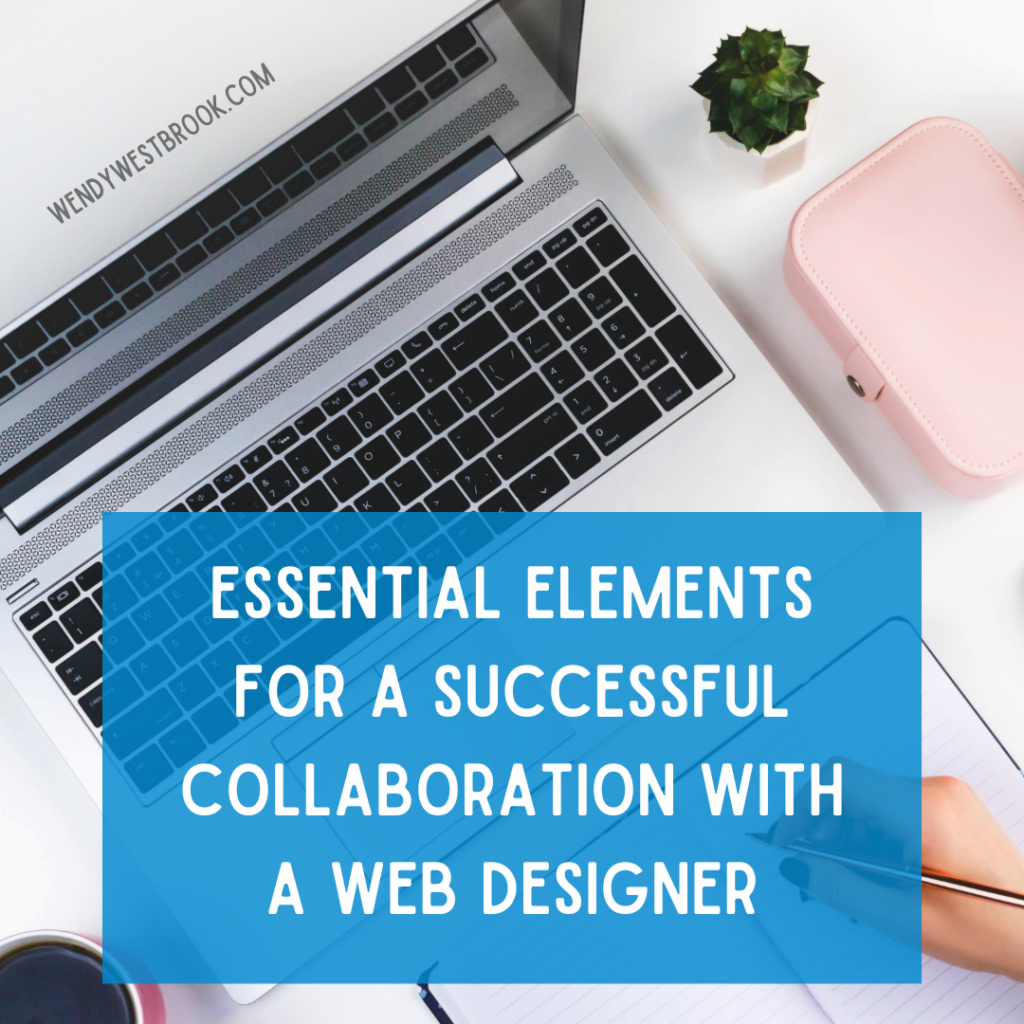 To have a successful website, a client needs to provide the web designer with essential information, content, and guidance. The more comprehensive and clear the information provided, the better the web designer can understand the client’s requirements and create a website that meets their expectations. Here’s a list of key elements a client should provide to a web designer:
To have a successful website, a client needs to provide the web designer with essential information, content, and guidance. The more comprehensive and clear the information provided, the better the web designer can understand the client’s requirements and create a website that meets their expectations. Here’s a list of key elements a client should provide to a web designer:
Business Goals and Objectives
Explain the primary purpose of the website. Whether it’s to showcase products, generate leads, provide information, or sell services, knowing the website’s goals will guide the designer in crafting a suitable design and user experience.
Target Audience
Describe the target audience for the website. Understanding the demographics, preferences, and behaviors of the target audience will help the designer tailor the website to cater to their needs effectively.
Branding Guidelines
Provide the web designer with any existing branding guidelines, including logos, color palettes, typography preferences, and style guides. Consistent branding across the website helps reinforce brand identity and recognition.
Content
Content is a crucial element of a website. Provide the web designer with all the text, images, videos, and other multimedia that you want to include on the website. High-quality and engaging content will enhance the overall user experience.
Site Structure and Navigation
Outline the website’s desired structure and the main pages it should include. Consider how the navigation menu should be organized to make it intuitive and user-friendly.
Examples and Inspiration
Share examples of websites you like or find inspiring, both within your industry and outside of it. These references can give the web designer valuable insights into your design preferences and the look and feel you’re aiming for.
Functionality Requirements
Clearly communicate any specific functionalities or interactive elements you want on the website, such as contact forms, e-commerce features, social media integration, etc.
Technical Requirements
Discuss any technical requirements or constraints that may impact the website development, such as the preferred platform (e.g., WordPress, Shopify) or hosting preferences.
Timeline and Budget
Provide information about the project timeline and budget constraints. This will help the web designer plan the project accordingly and suggest feasible solutions within the given constraints.
Feedback and Communication
Establish a clear line of communication and specify how you’d like to provide feedback during the design and development process. Regular communication with the web designer ensures that both parties are on the same page and helps address any concerns promptly.
Future Growth and Maintenance
Discuss the your plans for future growth and updates to the website. It’s essential to ensure that the website can be easily scalable and maintained over time.
By providing this comprehensive information to the web designer, clients set the stage for a successful collaboration, enabling the designer to create a website that aligns perfectly with their vision and requirements.
If you have any questions about how to acquire some of the elements you need, or guidance on setting up your package, please let us know! We’d be happy to help you!
